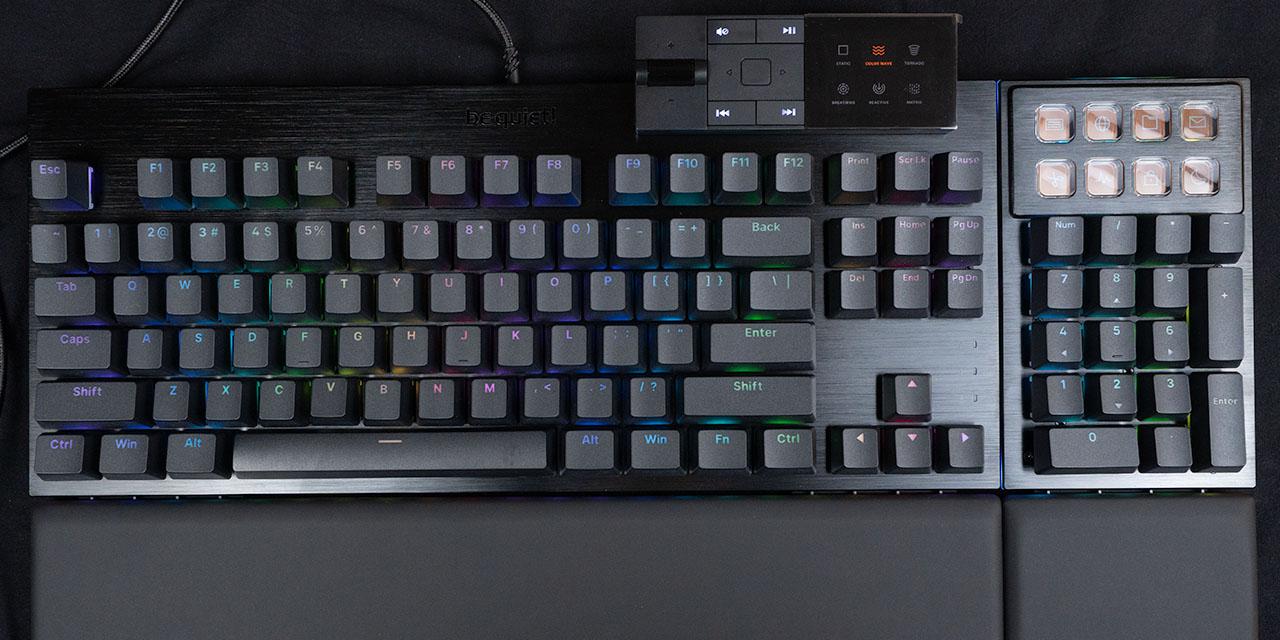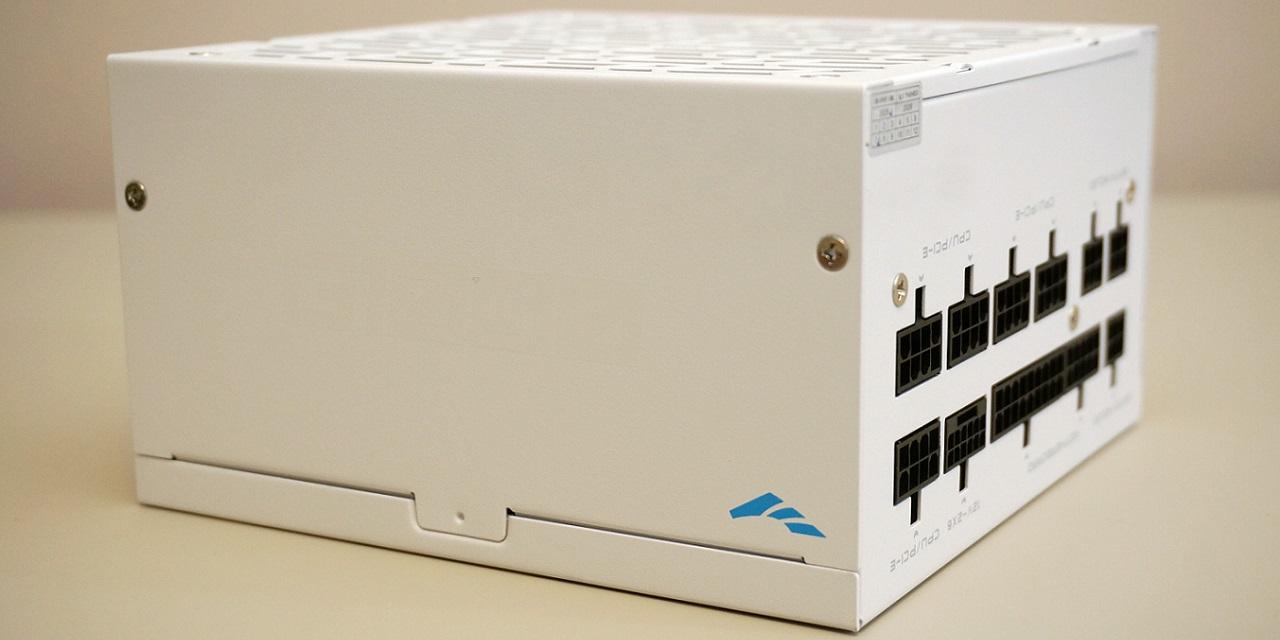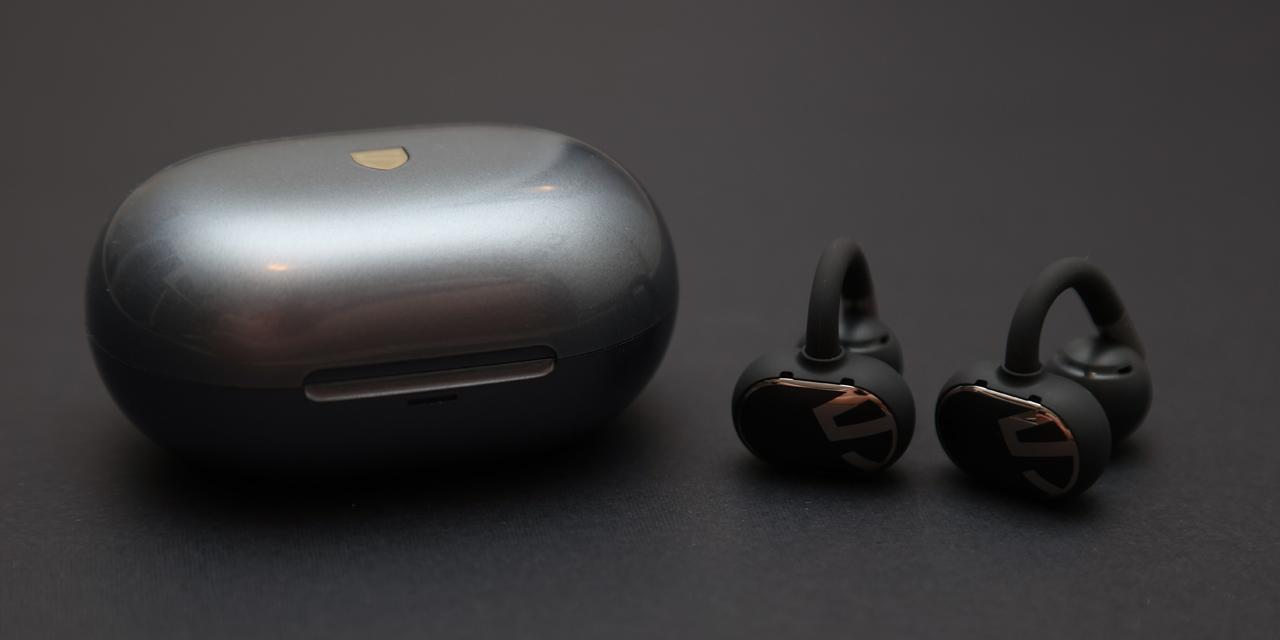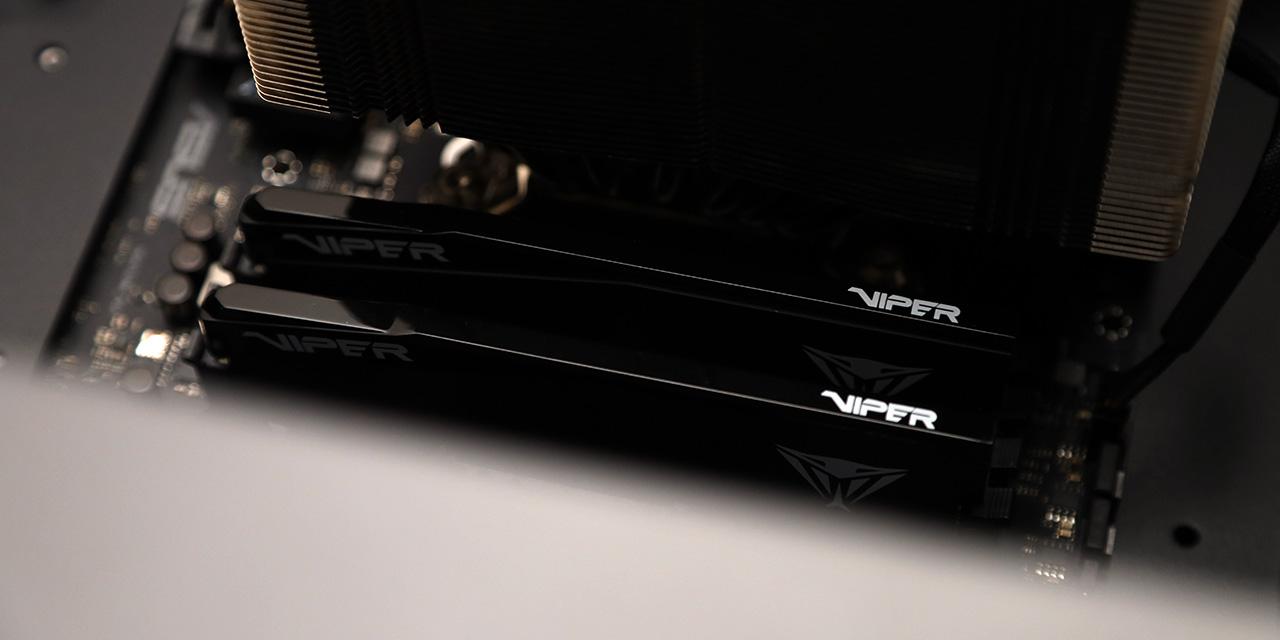Page 3 - Subjective Audio Analysis

Reviewing audio devices requires extensively trained ears, lots of experience, and sufficient technical knowledge. Even for the experienced auditioner, it may prove challenging at times to obtain an accurate evaluation of a product without a thoroughly familiar product to use as a simultaneous reference. Furthermore, many self-proclaimed audiophiles are susceptible to biased write-ups due to placebo effects from false advertising. While I am not going to even try to claim that I am the only trustworthy or best evaluator for sound, it is fact that most computer review sites have editors who are insufficiently trained in reviewing audio equipment. Give them anything and all you will read about goes along the line of "good bass, nice midrange, impressive treble, really clear sound, 10/10". While there are many knowledgeable audio reviewers at various respected online media outlets, they are by far the minority.
As I have mentioned in my past audio reviews, there are no true objective measurements for sound quality. As the evaluator, however, I will put it through a series of subjective tests to try to produce the most objective rating possible. Yes, it sounds like a paradox. For all tests, I used an Apple iPhone 15 Pro over Bluetooth 5.3. After over 90 hours of break-in time -- well above typical required time -- I put the SOUNDPEATS Q40 HD to the test. All test tracks are high-quality CD-equivalent files.
Starting in the low end of the three regions, the SOUNDPEATS Q40 HD's bass was the most forward of the three. Its quality was decent overall. There was a nice amount of oomph and depth without bottoming out. Bass drum kicks delivered punch. The sound of the bass felt round and smooth and did not sound muddy or hollow. In the middle to upper bass region, instruments like the electric bass and low brass provided groove while staying defined. With a good seal from the silicone ear tips, the bass was strong and more apparent compared to the other two frequency regions.
In the middle, the SOUNDPEATS Q40 HD was less present in the midrange. Vocals in this region were still audible, but they felt reticent. Vocals tended to be thinner and lacked full richness in sound. Instruments like pianos and acoustic guitars were good, but I wanted a more natural resonance. The region was overall on the drier side.
Moving to the trebles, the SOUNDPEATS Q40 HD was okay but also felt recessed. The trebles were more present than the midrange, but instruments and voices in this region felt duller. It is possible the balance with the greater bass affected it, but even when isolated, violins and flutes lacked energy overall. High hat and cymbal crashes sounded not as sharp. This also meant there was not much sibilance either, but I think I would have liked a slightly crisper sound. Combining the three frequency ranges together and the end picture was a dark and bass-heavy pair of earphones. On a graph, it would be more like a typical V-shaped, except with a high peak at the low end and a drop off at the highest end. Those looking for a bit more low-end oomph or do not want as much of a sharp shrill during their workout sessions would appreciate the Q40 HD's sound, but these are clearly not meant for critical listening.
In terms of soundstaging, the SOUNDPEATS Q40 HD was average, even when considering its physical constraints. The sound was not very expansive, and the sources felt closer together. Everything felt narrow and lacked depth or width. This affected the imaging of the sound, as the Q40 HD felt cramped and borderline unrealistic. Even with live recorded music, the Q40 HD lacked the fullness that a stage would normally provide. Multiple voices sounded like they were stacked on top of each other as opposed to spread around the area. Obviously, the earbuds are physically limited with their smaller size, but we have also seen better soundstaging performance in similar packages.
When it comes to layering, I was able to hear all the voices and instruments reproduced by SOUNDPEATS Q40 HD. Even when more layers were added, each one was distinguishable and clearly audible. However, in more complex music, the earbuds lost some detail. The overall sound character and the narrower soundstage played a role in this too. It was not as if these voices or frequencies blended, but they just lacked clarity and resolution. Everything still felt cohesive and together. The sound was mostly clean.
In day-to-day usage, the SOUNDPEATS Q40 HD are physically quite comfortable and could stay in my ears for extended periods. Between the wings and the ear tips, the Q40 HD remains in place, even during movement, and creates a good seal for isolating noise. Passively, they can keep sound out, but some may still want active noise cancellation, which is not available here. It does, however, do a decent job in preventing sound leakage.
For microphone testing, I recorded myself twice, first indoors and second outdoors. This would give a better idea of how the microphone performs in both ideal and less ideal environments. Inside, the microphone was more than sufficient, as it was able to pick up my voice easily. There was a slight hum in the background from my furnace going, but thankfully the recording does not capture this. Spoken words were clear and distinguishable. When I went outside, there was a breeze in the air when I was recording. Unfortunately, the wind was audible, and it slightly distorted my voice at the beginning of the recording. You can also hear a few other external sounds like birds and leaves getting crunched on the ground, but my voice was still distinguishable and natural. For any calls, the SOUNDPEATS Q40 HD is more than usable.
In terms of its wireless capabilities, the SOUNDPEATS Q40 HD was excellent overall. In testing, I was able to get around 19 hours at 50% volume before I heard a low battery indicator. This nearly matches the quoted 20 hours from SOUNDPEATS, which is still more than adequate. Charging the entire unit took around 90 minutes, which is as expected. Wireless range was good, as I was able to maintain a consistent connection up to 40m away with direct line of sight until I started hearing the music drop. In terms of delay, it was not as noticeable when watching videos, but those gaming might feel it.
Page Index
1. Introduction, Packaging, Specifications
2. Physical Look - Hardware
3. Subjective Audio Analysis
4. Conclusion





